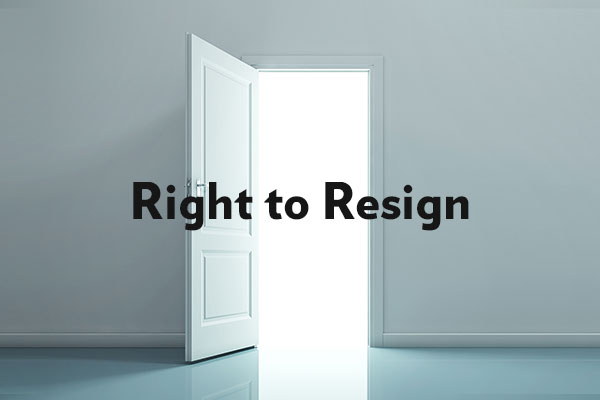Charter schools remain in the crosshairs of the teachers’ unions and their government allies.
That much is made evident in the proposals, resolutions and other public statements the National Education Association (NEA) and its affiliates have circulated in recent years. Governor Tom Wolf also made this clear in Pennsylvania just a few weeks ago when he rolled out a list of executive orders and legislative proposals that would impose new restrictions on charter schools.
Wolf’s executive actions enable school districts to cap student enrollment at charters while also creating a “fee-for-service model” to compensate the Department of Education for costs that accrue from implementing the charter school law. In effect, this provides the department with every incentive to bill charters with additional administrative fees. The governor also proposed a moratorium on any new cyber charter schools.
Since the time he took office, Wolf has sought to undermine viable alternatives to conventional public schools. The fact that he has not visited any charter or private schools as part of his “Schools that Teach” tour is telling. There are about 140,000 Pennsylvania students enrolled in charters and about 240,000 enrolled in private schools, according to the education department. This means Wolf is ignoring 25% of the state’s students and their families. Why is that? What’s the motivation?
Follow the money.
The teachers’ unions remain a potent political force in Pennsylvania and throughout the country and vocal charter school adversaries. The NEA has more than 3 million members and hundreds of millions of dollars in assets, public records show. Since 1990, the NEA’s political action committees have contributed about $143 million to federal candidates and committees with 97% going to Democrats, according to Influence Watch, a project of the Capital Research Center. Parents who support school choice should know this is the kind of money and organization they are up against.
What’s the story in the Keystone State?
The Pennsylvania State Education Association (PSEA), NEA’s state affiliate, has 180,000 members that include teachers and other education professionals. The PSEA is the largest public employee union in the state. In 2018, the PSEA contributed more than $1.5 million to Wolf during his successful campaign for re-election—surpassed only by the controversial Fairness Pa PAC.
Public records also show that Wolf was the top recipient of PSEA contributions from 2010 to 2016 receiving $865,000. In 2018, the American Federation of Teachers, another major player in Pennsylvania politics, contributed $700,000.
Graphic: Union PAC Contributions to Gov. Wolf
The PSEA certainly wants some return on its investment and the actions Wolf has taken against charter schools of late appear to be in line with the PSEA’s policy preferences.
A report from the PSEA’s board of directors dating back to 2000 makes it clear that union leaders felt threated by the prospect of charters breaking up their monopoly on education. While the PSEA advocates for polices that constrain and restrict public schools, Free to Teach, an initiative of Americans for Fair Treatment, reports that PSEA has been working methodically to unionize as many charter schools as possible. The fact that charter schools have been largely free of union control up until now has allowed for parents, students and teachers to have more flexibility and dexterity to pursue innovative learning techniques. As public unions seek to burrow in, the unique traits of charters could be jeopardized.
Low- and middle-income families that benefit from charters are hardly in a position to compete with the money, organization and influence of PSEA, much less the NEA.
But there is good news for the proponents of school choice: last year’s Supreme Court ruling in Janus v. AFSCME struck down mandatory fees on public sector workers who do not support the NEA or PSEA. Over time, the Supreme Court ruling could help to level the political playing field.
Even so, the sizable donations the teachers’ unions made to Wolf just in 2018 alone demonstrate that for the moment they continue to exert and oversized influence on elected officials from the governor on down.
RELATED : CAMPAIGN FINANCE, EDUCATION, SCHOOL CHOICE, TEACHER UNIONS, UNIONS & LABOR POLICY, UNION POLITICAL SPENDING





